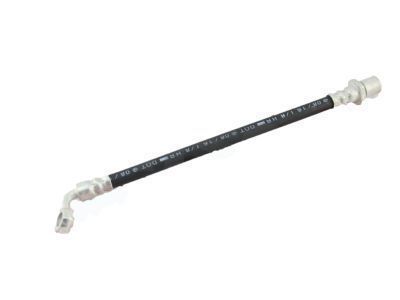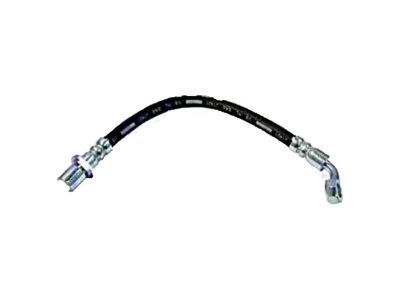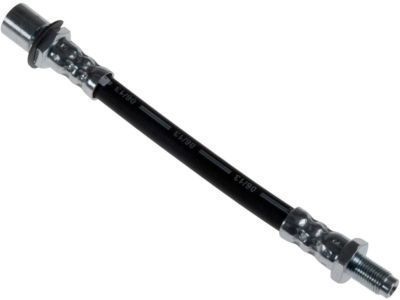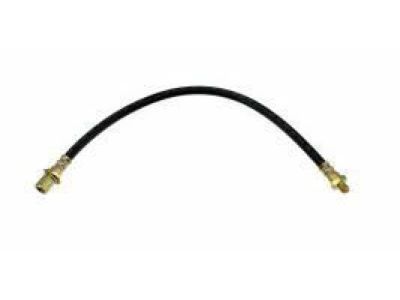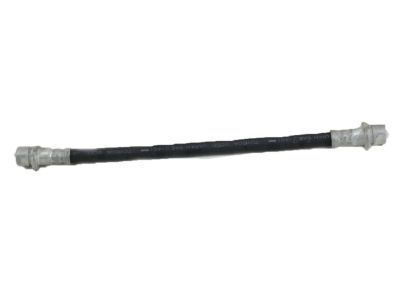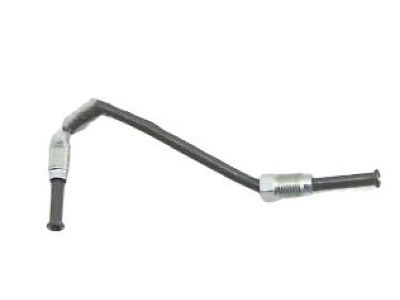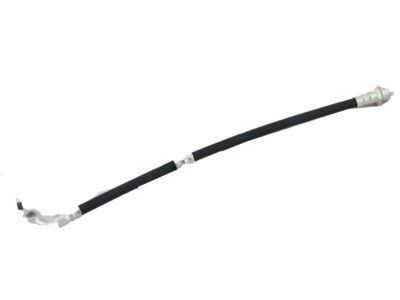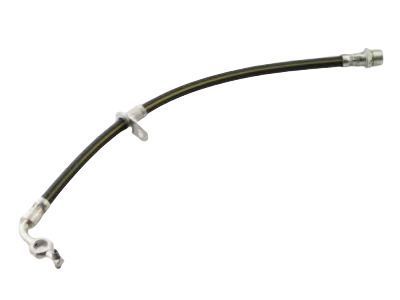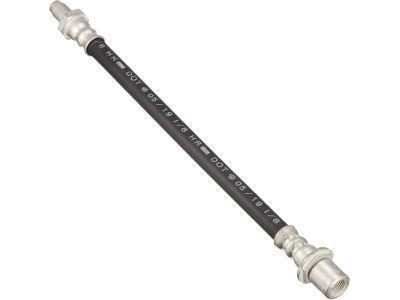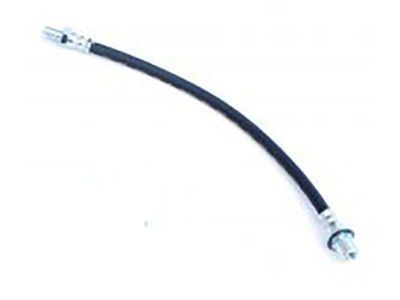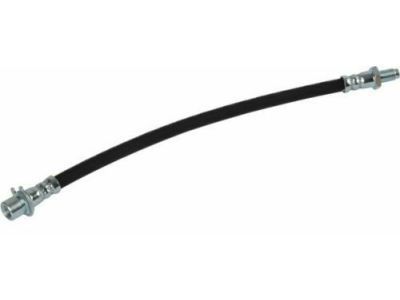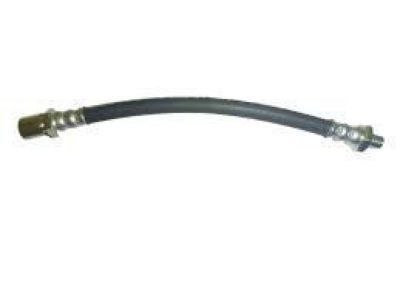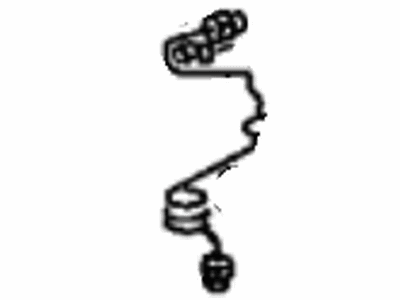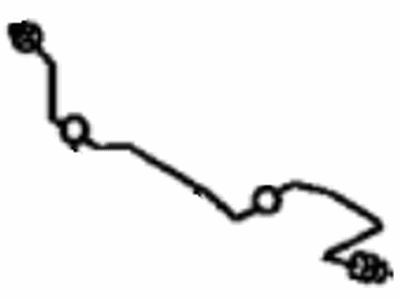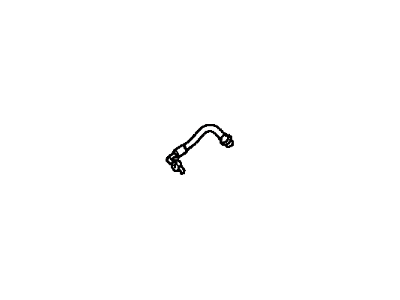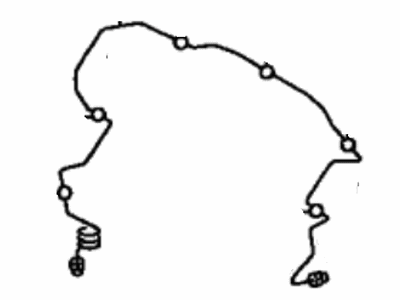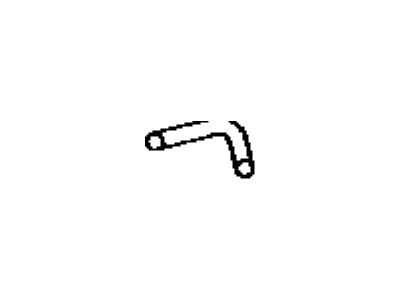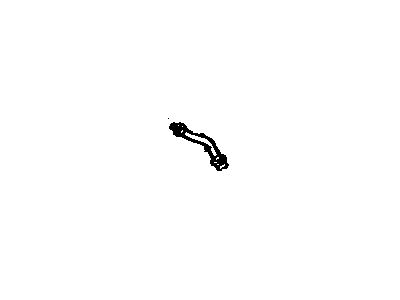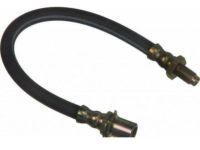×
- Live Chat
- 1-888-905-9199


My Garage
My Account
Cart
Genuine Toyota Land Cruiser Brake Line
Brake Hose- Select Vehicle by Model
- Select Vehicle by VIN
Select Vehicle by Model
orMake
Model
Year
Select Vehicle by VIN
For the most accurate results, select vehicle by your VIN (Vehicle Identification Number).
160 Brake Lines found
Toyota Land Cruiser Hose, Flexible
Part Number: 90947-02614$56.30 MSRP: $78.70You Save: $22.40 (29%)Ships in 1-3 Business DaysToyota Land Cruiser Hose, Flexible
Part Number: 90947-02615$56.30 MSRP: $78.70You Save: $22.40 (29%)Ships in 1-3 Business DaysToyota Land Cruiser Hose, Flexible
Part Number: 96940-39855$48.43 MSRP: $67.70You Save: $19.27 (29%)Ships in 1-3 Business DaysToyota Land Cruiser Hose, Flexible
Part Number: 90947-02714$51.91 MSRP: $72.55You Save: $20.64 (29%)Ships in 1-3 Business DaysToyota Land Cruiser Hose, Flexible
Part Number: 90947-02230$71.12 MSRP: $100.26You Save: $29.14 (30%)Ships in 1-3 Business DaysToyota Land Cruiser Hose, Flexible
Part Number: 90947-02817$48.12 MSRP: $67.26You Save: $19.14 (29%)Ships in 1-2 Business DaysToyota Land Cruiser Tube, Front Brake
Part Number: 47319-60101$5.47 MSRP: $7.65You Save: $2.18 (29%)Ships in 1-3 Business DaysToyota Land Cruiser Hose, Flexible
Part Number: 90947-02F28$66.43 MSRP: $93.64You Save: $27.21 (30%)Ships in 1-3 Business DaysToyota Land Cruiser Hose, Flexible
Part Number: 90947-02A21$66.43 MSRP: $93.64You Save: $27.21 (30%)Ships in 1-3 Business DaysToyota Land Cruiser Hose, Flexible
Part Number: 96940-32605$48.43 MSRP: $67.70You Save: $19.27 (29%)Ships in 1-3 Business DaysToyota Land Cruiser Hose, Flexible
Part Number: 90947-02815$53.78 MSRP: $75.16You Save: $21.38 (29%)Ships in 1-2 Business DaysToyota Land Cruiser Hose, Flexible
Part Number: 90947-02816$51.91 MSRP: $72.55You Save: $20.64 (29%)Ships in 1-3 Business DaysToyota Land Cruiser Hose, Flexible
Part Number: 96920-32255$48.43 MSRP: $67.70You Save: $19.27 (29%)Ships in 1-3 Business DaysToyota Land Cruiser Tube, Rear Brake
Part Number: 47321-60360$21.05 MSRP: $29.43You Save: $8.38 (29%)Ships in 1-2 Business DaysToyota Land Cruiser Tube, Rear Brake
Part Number: 47324-60322$23.43 MSRP: $32.75You Save: $9.32 (29%)Ships in 1-3 Business DaysToyota Land Cruiser Hose, Flexible
Part Number: 90947-02F25$48.12 MSRP: $67.26You Save: $19.14 (29%)Ships in 1-2 Business DaysToyota Land Cruiser Tube, Front Brake
Part Number: 47311-60681$36.16 MSRP: $50.55You Save: $14.39 (29%)Ships in 1-3 Business DaysToyota Land Cruiser Hose, Flexible
Part Number: 90947-02F26$48.12 MSRP: $67.26You Save: $19.14 (29%)Ships in 1-2 Business DaysToyota Land Cruiser Hose, Flexible
Part Number: 96910-32305$48.43 MSRP: $67.70You Save: $19.27 (29%)Ships in 1-2 Business Days
| Page 1 of 8 |Next >
1-20 of 160 Results
Toyota Land Cruiser Brake Line
If you are in demand for superior quality and affordable OEM Toyota Land Cruiser Brake Line, then shop with us! We own a wide range of the reduced-priced genuine Toyota Land Cruiser Brake Line. You can purchase in confidence as all parts come with a manufacturer's warranty. Any issues with our products? No need to worry as we have a hassle-free return policy to guide you every step of the way.
Toyota Land Cruiser Brake Line Parts Questions & Experts Answers
- Q: How to inspect and replace brake hoses and lines on Toyota Land Cruiser?A: About every six months, with the vehicle raised and supported securely on jackstands, inspect the rubber hoses connecting the steel brake lines with the front and rear brake assemblies for cracks, chafing, leaks, blisters, and other damage, as these are crucial parts of the brake system. Use a light and mirror for a thorough check, and replace any hose showing signs of wear. To replace the front brake hose, loosen the wheel lug nuts, raise the vehicle, and remove the wheel. At the frame bracket, hold the hose fitting with an open-end wrench and unscrew the brake line fitting from the hose, using a flare-nut wrench to avoid rounding off the corners. Remove the U-clip and E-ring, if equipped, from the female fitting at the bracket with pliers, then pass the hose through the bracket. At the caliper end, remove the banjo fitting bolt and separate the hose from the caliper, ensuring to replace the two copper sealing washers during installation. To install the new hose, connect the fitting to the caliper with the banjo bolt and copper washers, ensuring the locating lug is engaged, then tighten the bolt to the specified torque. Route the hose into the frame bracket without twisting, connect the brake line fitting, install the clip and E-ring if equipped, and tighten the fitting securely. Afterward, bleed the caliper, install the wheel and lug nuts, lower the vehicle, and tighten the lug nuts to the specified torque. For the rear brake hose, repeat the removal and installation process, ensuring to bleed the wheel cylinder or caliper. When replacing metal brake lines, use the correct parts, avoiding copper tubing, and purchase steel brake lines from a dealer or auto parts store. Prefabricated brake lines with flared tube ends and installed fittings are available, but may need to be bent to the proper shape using the old line as a pattern. Ensure the new line is securely supported in the brackets with adequate clearance from moving or hot components. After installation, check the master cylinder fluid level, add fluid as necessary, bleed the brake system, and test the brakes carefully before driving.
Related Toyota Land Cruiser Parts
Browse by Year
2021 Brake Line 2020 Brake Line 2019 Brake Line 2018 Brake Line 2017 Brake Line 2016 Brake Line 2015 Brake Line 2014 Brake Line 2013 Brake Line 2012 Brake Line 2011 Brake Line 2010 Brake Line 2009 Brake Line 2008 Brake Line 2007 Brake Line 2006 Brake Line 2005 Brake Line 2004 Brake Line 2003 Brake Line 2002 Brake Line 2001 Brake Line 2000 Brake Line 1999 Brake Line 1998 Brake Line 1997 Brake Line 1996 Brake Line 1995 Brake Line 1994 Brake Line 1993 Brake Line 1992 Brake Line 1991 Brake Line 1990 Brake Line 1989 Brake Line 1988 Brake Line 1987 Brake Line 1986 Brake Line 1985 Brake Line 1984 Brake Line 1983 Brake Line 1982 Brake Line 1981 Brake Line 1980 Brake Line 1979 Brake Line 1978 Brake Line 1977 Brake Line 1976 Brake Line 1975 Brake Line 1974 Brake Line 1973 Brake Line 1972 Brake Line 1971 Brake Line 1970 Brake Line 1969 Brake Line
